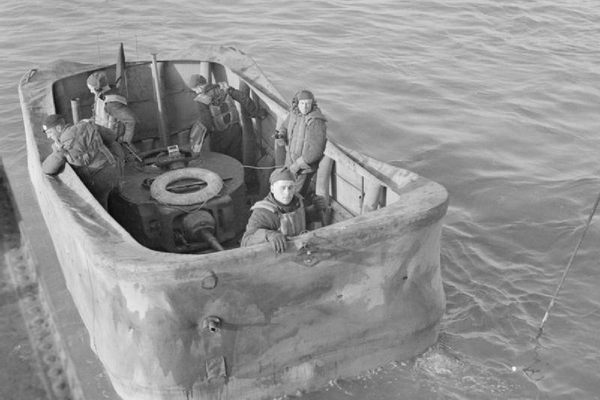About
With today's technology, crunching numbers seems like a sort of effortless magic, but the earliest computers such as Harvard's Mark I, America's first programmable computer were massive contraptions, that used punch cards and difference engines to calculate their numbers too large or complex for our puny human minds.
The Mark I was designed in 1937 by a Harvard graduate student, Howard H. Aiken to solve advanced mathematical physics problems encountered in his research. Aiken’s ambitious proposal envisioned the use of modified, commercially-available technologies coordinated by a central control system. Supported by Harvard faculty in the division that is today the School of Engineering and Applied Sciences, Aiken discussed his idea with several manufacturers, eventually finding interest at IBM, a company that specialized in calculating machines and punch card systems. Using company components, IBM engineers in Endicott, NY developed the machine’s working systems and directed its construction over five years. During that period America entered World War II. When Mark I was finally delivered to Harvard in 1944, it was operated by the U.S. Navy Bureau of Ships for military purposes, solving mathematical problems that until then required large teams of human “computers.” Mark I was in operation between 1944 and 1959, at which point sections from each of its components were taken to IBM and the Smithsonian Institution, leaving the remaining section on display at Harvard in the Science Center. The original Mark I was about twice the current length (as seen on display).
The Mark I portion remains on display at Harvard to this day, and while its computing days are long since passed, visitors can marvel at the near lunatic lengths people once went to just to make sure their numbers added up.
Related Tags
Know Before You Go
This object is one of the 20,000 held in the Collection of Historical Scientific Instruments (CHSI), located in the Science Center at Harvard University. CHSI is one of four Harvard Museums of Science & Culture, open to the public.
Published
October 1, 2014























